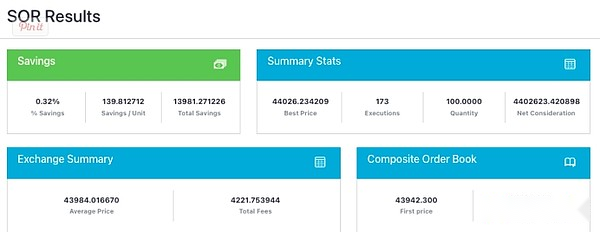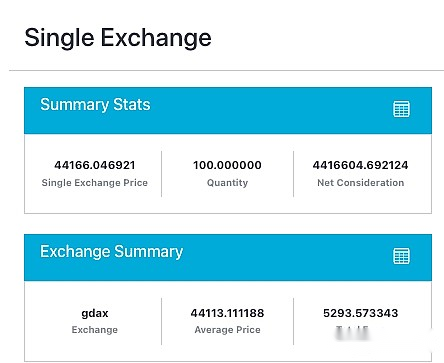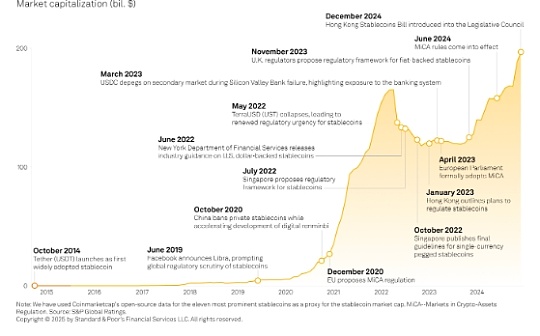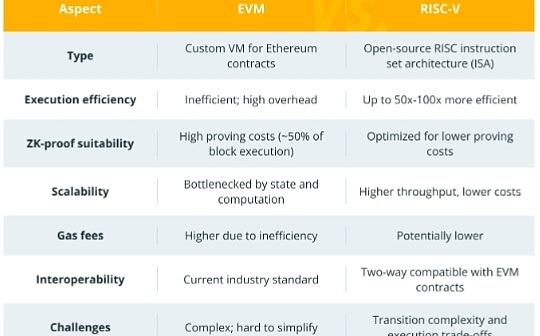
Author: David Weisberger, Bitcoin Magazine; Compilation: Songxue, Bitcoin Chain Vision
The SEC has been busy and met with potential issuers of all spot Bitcoin ETFs with valid applications in December.These meetings lead to theseIssuers generally adopt cash creation methods, rather than the “physical” transfers that other ETFs usually use.There are many words about this change, ranging from absurdity to seriousness.However, overall, the impact on investors will be insignificant, relatively important to the issuer, and overall damage to the SEC’s image.
To provide background knowledge, it is important to describe the basic structure of an exchange-traded fund (ETF).ETF issuers are authorized participants (APs) with a set of authorized participants (APs) capable of exchanging a predetermined amount of fund assets (stocks, bonds, commodities, etc.) or a predetermined amount of cash or a combination of both, with a fixed number of ETF shares.Cooperate with the cost in advance.in this case,If “physical” creation is allowed, a fairly typical creation unit would be to trade 100 Bitcoins for 100,000 ETF shares.However, in case of cash creation, the issuer will be required to obtain the real-time cash amount of the change in the price of Bitcoin., in this example, there are 100 bitcoins.(They also have to publish the cash amount that 100,000 ETF shares can be redeemed in real time.) Then,The issuer is responsible for purchasing these 100 bitcoins in order to make the fund comply with its contract or to sell these 100 bitcoins in redemption.
This mechanism applies to all exchange-traded funds, and as can be seen, it means that the claim that cash creation means that the fund will not be supported by 100% of Bitcoin holding is false.After creation, there may be a very short delay, and the issuer has not purchased the required bitcoin, but the longer the delay, the greater the risk the issuer takes.If they need to pay a higher price than the quoted price, the fund will have a negative cash balance, which will reduce the fund’s net asset value.This will of course affect its performance, considering how many issuers are competing, which may harm the issuer’s ability to increase assets.On the other hand, if the issuer is able to buy Bitcoin with cash lower than the AP deposit, the fund will have a positive cash balance, which may improve the performance of the fund.
Therefore, it can be inferred thatThe issuer will have the incentive to quote the cash price higher than the actual transaction price of Bitcoin (for the same reason, the redemption price is lower).The problem is that the larger the difference between the cash amount, the larger the difference that AP may quote when buying and selling ETF shares in the market.Most ETFs trade very small, butThis mechanism is likely to mean that some Bitcoin ETFs may be larger than others, and overall the spread may be larger than when they were created using “physical”.
therefore,The issuer must balance the goal of maintaining a smaller spread between the amount of the quoted cash and the ability to trade at that quoted amount or better price.However, to achieve this, advanced technology is required.The difference between a 100 Bitcoin quote based on liquidity on Coinbase and a strategy using 4 regulated exchanges in the United States (Coinbase, Kraken, Bitstamp and Paxos) can be used as an example.This example uses the CoinRoutes Cost Calculator (available via the API), which displays the transaction costs of a single exchange or any custom exchange group based on the full order book data saved in memory.


In this example, we see that the total purchase price on Coinbase alone will be $4,416,604.69, while the purchase price on these 4 exchanges will be $4,402,623.42, which is $13,981.27 more expensive.This is equivalent to spending 0.32% more on buying the same 100,000 shares in this example.This example also shows technical obstacles facing issuance, as the calculations require traversing 206 separate market/price level combinations.There is a high degree of fragmentation with Bitcoin, so most traditional financial systems do not need to look beyond a few price levels.
It is worth noting that major issuers are unlikely to choose to trade on a single exchange, but it is possible that some will do so or choose to trade OTC with market makers that will charge them for additional spreads.Some may choose to use algorithmic trading providers such as CoinRoutes or our competitors who are able to trade at a price below the average quote spread.No matter what they choose, we do not want all issuers to take the same approach, which meansThere may be considerable differences in pricing and costs between issuers.
Those with advanced trading technology will be able to provide tighter spreads and superior performance.
therefore,Why does the SEC effectively force the creation/redemption of cash with all the difficulties the issuer will have to endure?Unfortunately, the answer is simple: AP (Authorized Participants), a brokerage firm regulated by SROs such as SEC and FINRA.However,So far, the SEC has not approved regulated brokers to directly trade spot bitcoins, and if the process is “physical delivery”, they need to do so.This explanation is much simpler than the various conspiracy theories I have heard that need no repetition.
Overall, spot ETFs will be a big step for the Bitcoin industry, but details are the most important.Investors should study the mechanisms by which each issuer chooses the citation and transaction creation and redemption process to predict which may perform best.There are other concerns, including the custody process and fees, but ignoring how they plan to trade can be a costly decision.








